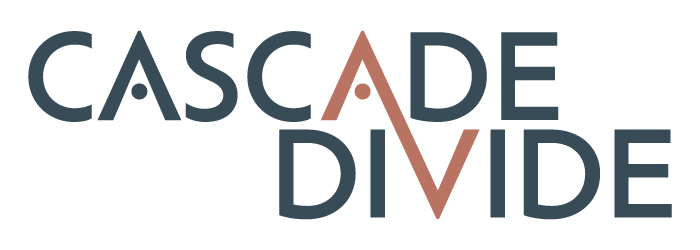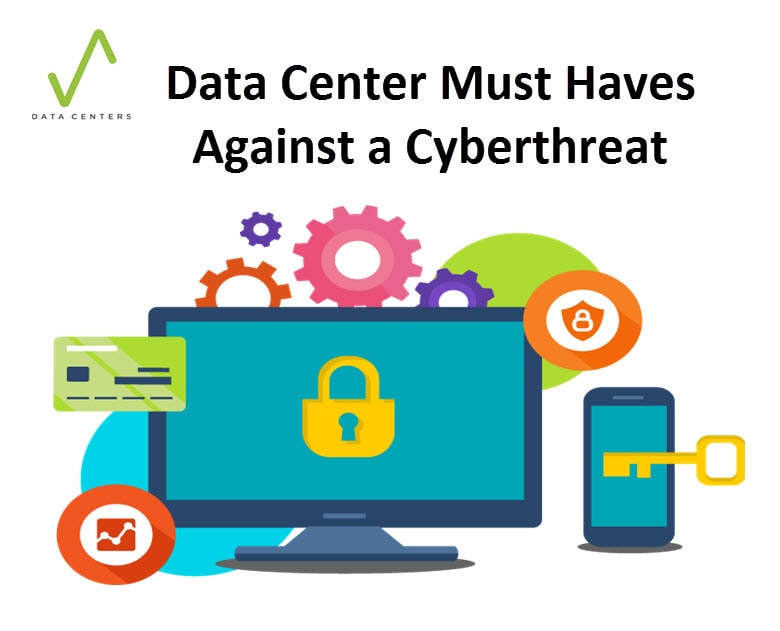Data Center Must Haves Against a Cyberthreat
A cyberthreats is one of the most common issues that affect data center services and it is increasing much faster than ever (Data Center Must Haves). Last 2018, Cybercriminals obtained data hauls from different ransomware, email compromise, and other vicious plans, and they are presumed to be spending more of that money in all-new attack schemes.
These cyberthreat attackers are becoming a lot more smarter in having control of everything that can affect data center security, according to Marty Puranik, CEO at Atlantic.Net, a data center and cloud provider in Florida. For example, he said that around 50% percent of all phishing websites nowadays display a “padlock” icon in the address bar to fool individuals into presuming that they’re safe and secured.
Criminals can furthermore, make use of a huge amount of leaked passwords to create more persuading, personal phishing emails, as Puranik added. “It’s all just progressing and a lot more innovative.”
Sadly, data center security is frequently receptive and its outcome struggles to accommodate the current demands for security protection.
Following Framework
Numerous companies provide cybersecurity frameworks that can assist data centers to set up a strong base for their cybersecurity system.
Aside from particular regulative programs for specific upright businesses, just like PCI intended for the settlements industry and HIPAA for healthcare, various frameworks are intended for general purposes.
The most well-known is the National Institute of Standards and Technology’s Cybersecurity Framework (NIST). It is employed not only by the government but also by private sectors. Since the end of January, this said framework has been downloaded over half a million times. Additionally, it was among the most remarked frameworks in Ohio’s new Data Protection Act, which provides companies a “security haven” against data breach litigation.
The NIST Cybersecurity Framework breaks security down into 5 vital uses:
Identify
The initial stage of the NIST cybersecurity framework is to pinpoint an organization’s cybersecurity threats and to put in priority those threats based upon the organization’s risk monitoring practice and demands.
This is a resolution for the senior management, and it should take into consideration the security needs for several systems and different types of data. Many organizations do not have a strong idea as to where all their important resources are based and how they are fully protected. They also do not know all of the cloud services that their employees can access or all of the equipment and devices that are connected to their networks.
Protect
Data center best practices are to have a corresponding control in position just in case there is a threat in its security. When an unauthorized person accesses critical systems, then those controls must include least-privilege key management systems, behavioral analytics, and multi-factor authentication.
Tracking down, Taking Action, and Restoring
These are the other 3 final aspects of the NIST framework; which covers what must be done in case a breach does take place.
The very first thing that the data center must know is to identify what is the main issue (Data Center Must Haves). Next, it needs to be able to take action by controlling the issue. For example, in case of major trouble, such as data loss or downtime, the company must have a set of specialists and professionals that will plan an emergency strategy.
If a phishing email contains malware and infects an employee’s desktop, an antivirus or endpoint protection system must be able to detect the problem. However, if that fails, a network monitoring system might be able to take action and identify questionable traffic. If the problem or infection escalates anywhere else, the following step is to separate the contaminated system and to inspect it thoroughly.
The last step which is the recovery stage includes getting rid of the system and re-installing the desktop’s golden image and then recovering the users’ files using a backup system.
Testing
Testing is one of the areas that the NIST framework doesn’t cover. However, it is one of the data center must haves and an important part of any cybersecurity plan.

